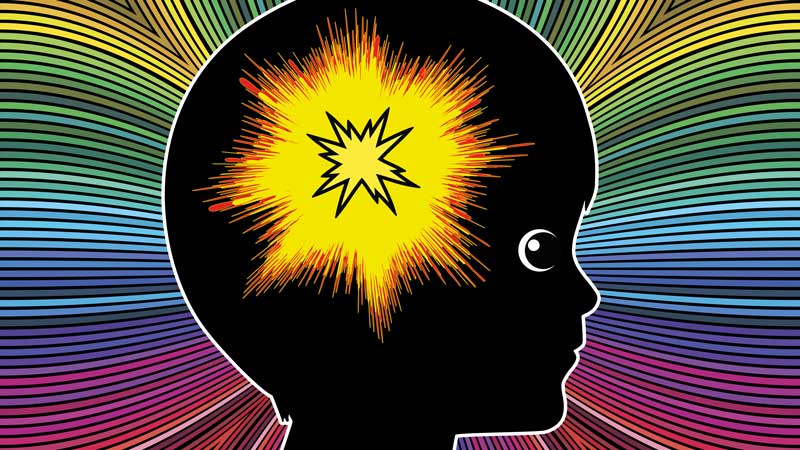Management of seizures in children
Seizures are common events in children and up to 10% of all children experience at least one seizure during their childhood. They can be triggered by many conditions such as fever, medications or injury. Febrile seizures are the most common types of seizures, affecting 3–4% of children. While epilepsy is typically recurrent and unprovoked, a single, isolated seizure is not epilepsy. Taking a detailed history of the seizure description helps establish the diagnosis. A video recording of the event can also support the diagnosis and rule out non-epileptic seizures that resemble seizures, such as pseudo-seizure. Seeing a child having a seizure, particularly if it is the first one, is usually frightening and distressing for the parents. First seizure should always be evaluated by health professionals because of a possible serious underlying cause. If the seizure occurs at home, the child should be placed in the recovery side position to prevent the swallowing of any vomit. The care of a child who does have epilepsy is best achieved by a community or hospital epilepsy specialist nurse. These nurses play a pivotal role in providing a close link between the epileptic children and their families. Such a nurse is also in an ideal position to establish a link between the doctor and affected families, offering valuable advice and support, and visiting the epileptic child at home.
A Sahib El-Radhi - Consultant Paediatrician and Honorary Senior Lecturer, Chelsfield Park Hospital, Orpington
